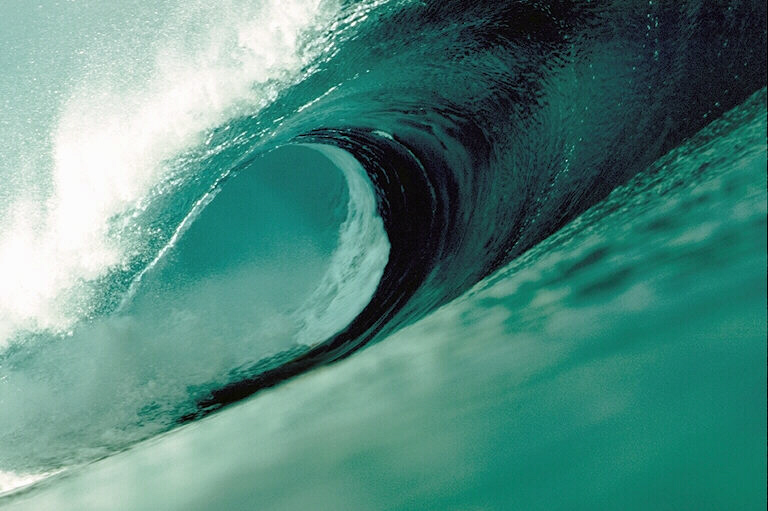Part 6: Waves

Goals
- Understand what waves may do and where they get their energy
from.
- Be able to use the Internet as a resource to find information
on waves.
Resources
Danielson et al. Earth Science. Macmillian Publishing Co.:
New York, 1989.
Materials
rope
diagram of a wave
Time
2 Hours
Procedure
- Discuss where the energy of a wave comes from: earthquakes,
ships, the moon and the sun's gravitational pull, and
wind.
- Handout the diagram of a water wave. Discuss the components
of a wave: crest, trough, wave length.
- Class demonstration: have two students volunteer to hold one
end of the rope. Each person will move the rope up
and down. Have the students pay attention to the "waves" formed
by the students movements. The more energy
they exert, the bigger the wave.
- Discuss long waves and how they differ from short waves.
- Discuss what a Tsunamis is and what causes it. Then discuss
the damage this wave can do. The most damage is
done when the wave reaches shore. Ask the students what survival
techniques they would recommend. (People
around the Pacific have a warning network set up; they move to
higher ground).
- Have the students search the Internet for stories (historical
or fictional), the benefits of waves, and/or survival
techniques.
Major Concepts
- Science - Terminology on waves
- Language arts - Stories and or articles found on the internet
- Social studies - Survival techniques (psychology)
Assessment
- Have the students turn in their findings on the Internet.
Criteria for success: findings must be in the topic of waves
and must contain one of the following: story on waves, the
benefits of waves, ways to survive dangerous waves.
Extensions
1. Make up a lab exercise using water to demonstrate waves.
Go To Part 7: Currents
Go Back to Understanding Weather Conditions
on the Seas
Submitted By St. Norbert College
Ocean Voyagers Program

